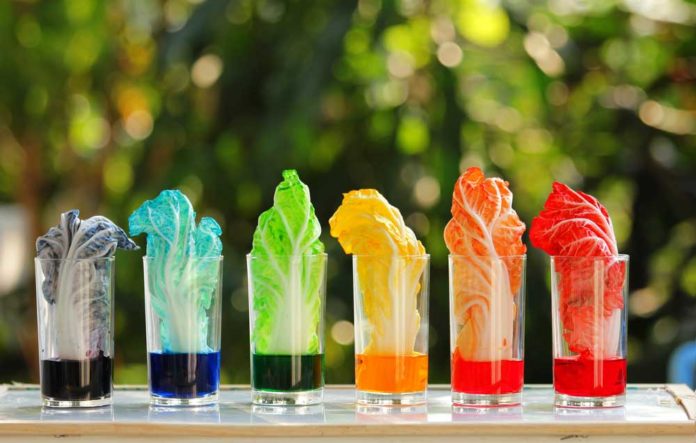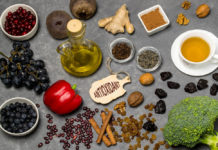What are Food Colors and Dyes?
Food colorings are essentially any type of dye or pigment that offers color to any food or drink. They come in the forms of liquids, powders, gels, and pastes and produced by a vast assortment of ingredients, including petroleum, seeds, and even dried bugs. Their primary use is to enhance food products’ appeal and desirability, especially considering colors may enhance the perception of correlated tastes (red for cherry, purple for grape, etc.). Along with contributing color to cereals, juices, yogurts, sauces, and other packaged products, artificial coloring ie often added into dietary supplements and medicines.
The Food and Drug Administration (FDA) works diligently to ensure the safety of food dyes using advancing science and technology. At this point in time, the FDA has approved and certified nine color additives, including Blue No. 1 and 2, Green No. 3, Orange B, Citrus Red No. 2, Red No. 3 and 40, and Yellow No. 5 and 6. Still yet, food colors and dyes continue to raise concerns related to observations, claims, and animal testing. Common adverse side effects and consequences are linked to…
…cancer.
Cancer has a laundry list of suspected causes, including a poor diet. Additionally, three dyes (Red 40 and Yellow 5 and 6) have been coined a carcinogen in animals. Although the direct relationship is not well understood and confirmative, food dyes are suggested to damage DNA, subsequently generating cancer (or carcinogenesis).
…hyperactivity.
Most commonly recognized in children, food dye is suggested to cause hyperactivity. This poses concern on the developmental patterns, particularly when it comes to classroom success. However, the FDA communicates the totality of scientific evidences suggests no adverse side effects, although some evidence suggests certain children are sensitive to food dyes.
…allergies.
Although true food dye allergies are uncommon, they are experienced and mostly dependent on an individual’s sensitivity. Signs and symptoms range from mild to severe and include flushing, rash, headache, chest tightening, low blood pressure, and potentially life-threating anaphylactic shock. And even without a true and definitive allergy diagnosis, identifying and eliminating the food dye trigger is hallmark for reducing an allergic reaction.
Should You Avoid Food Colors and Dyes?
Most healthcare professionals advocate to reduce the products food dyes color, also related to the other additions that come with such products such as added sugar and preservatives. In reality, everyone can benefit from reducing prepackaged, highly processed foods and go for wholesome and nourishing sources. Successfully limiting food dyes can be achieved by…
…spotting product claims.
At a glance, the claim “No artificial ingredients” can offer quick judgment based on food quality. Food companies, particularly in the cereal industry, are making vast strides in offering its consumers a more natural product.
…reading the ingredient label.
While front-of-packaging claims are easy to quickly recognize, you can best guarantee food dye avoidance by taking advantage of the ingredient label. Stray away from products with identified colors while also checking for added sugars and preservatives. As a general rule, go for products that have less than five ingredients identified.
…shopping the store’s perimeter.
Grocery store aisles is when food shopping gets tricky, as they are mostly filled with boxed and packaged products. To lessen the temptation or confusion of product selection, shop the store’s perimeter. The border is mostly filled with more natural sources, including fresh produce that are colorful in nature!
…looking beyond food.
In addition to playing investigator with food products, stay cautious of other artificial color-containing sources. Some medicines, supplements, mouthwash, chewing gum, and other ingested products may also have a hidden supply of food dyes.
Reference:
Possible health hazards of artificial food dyes gain attention. WSFA 12 News. Available at: http://www.wsfa.com/story/34415607/dangerous-dyes.









